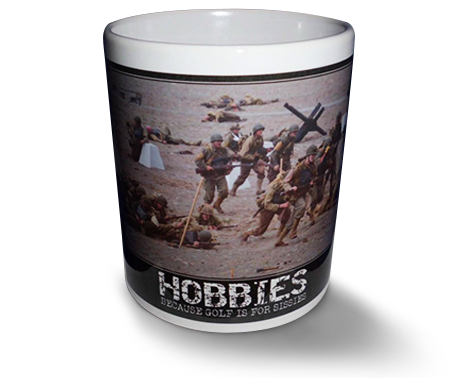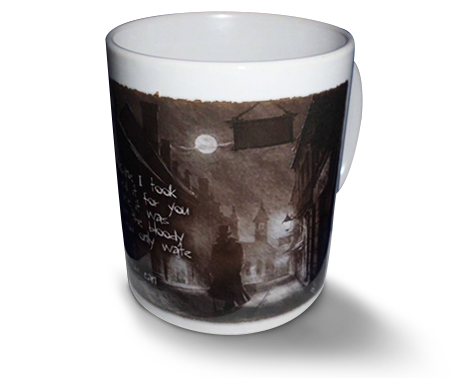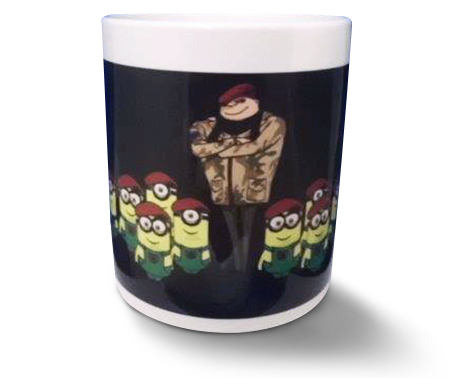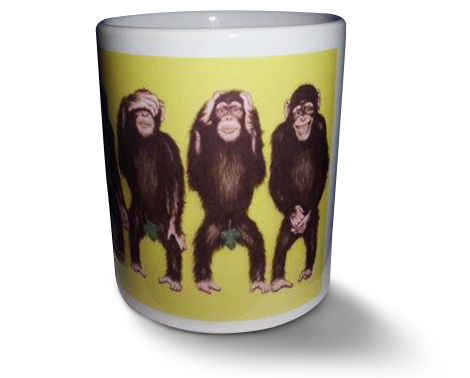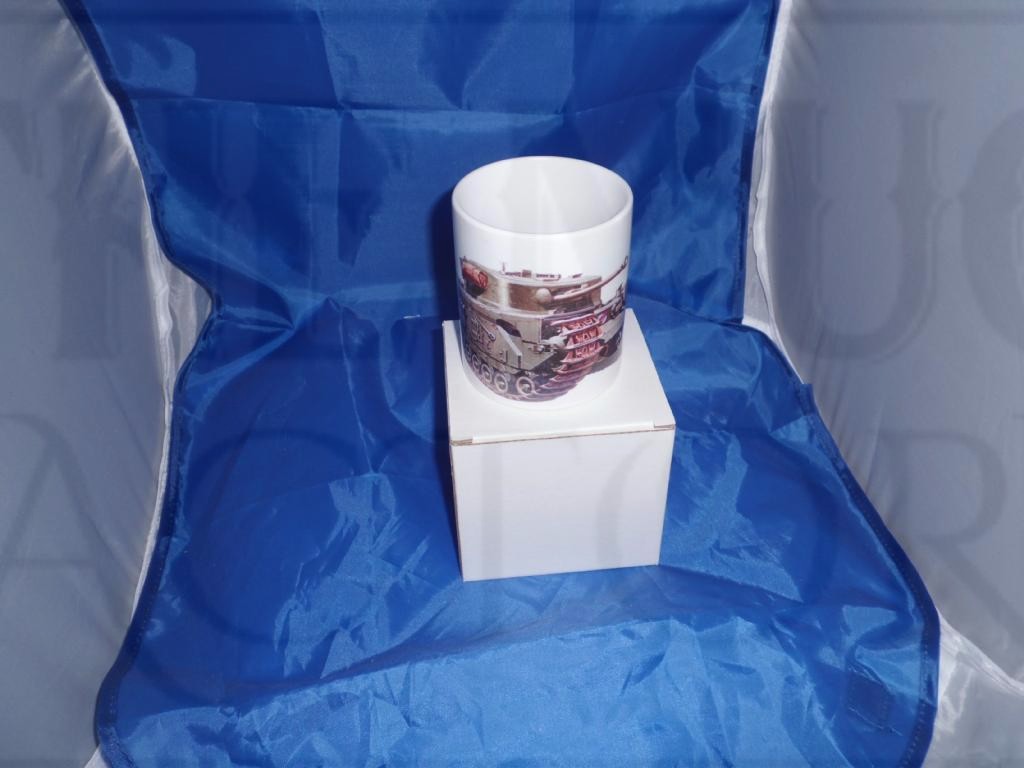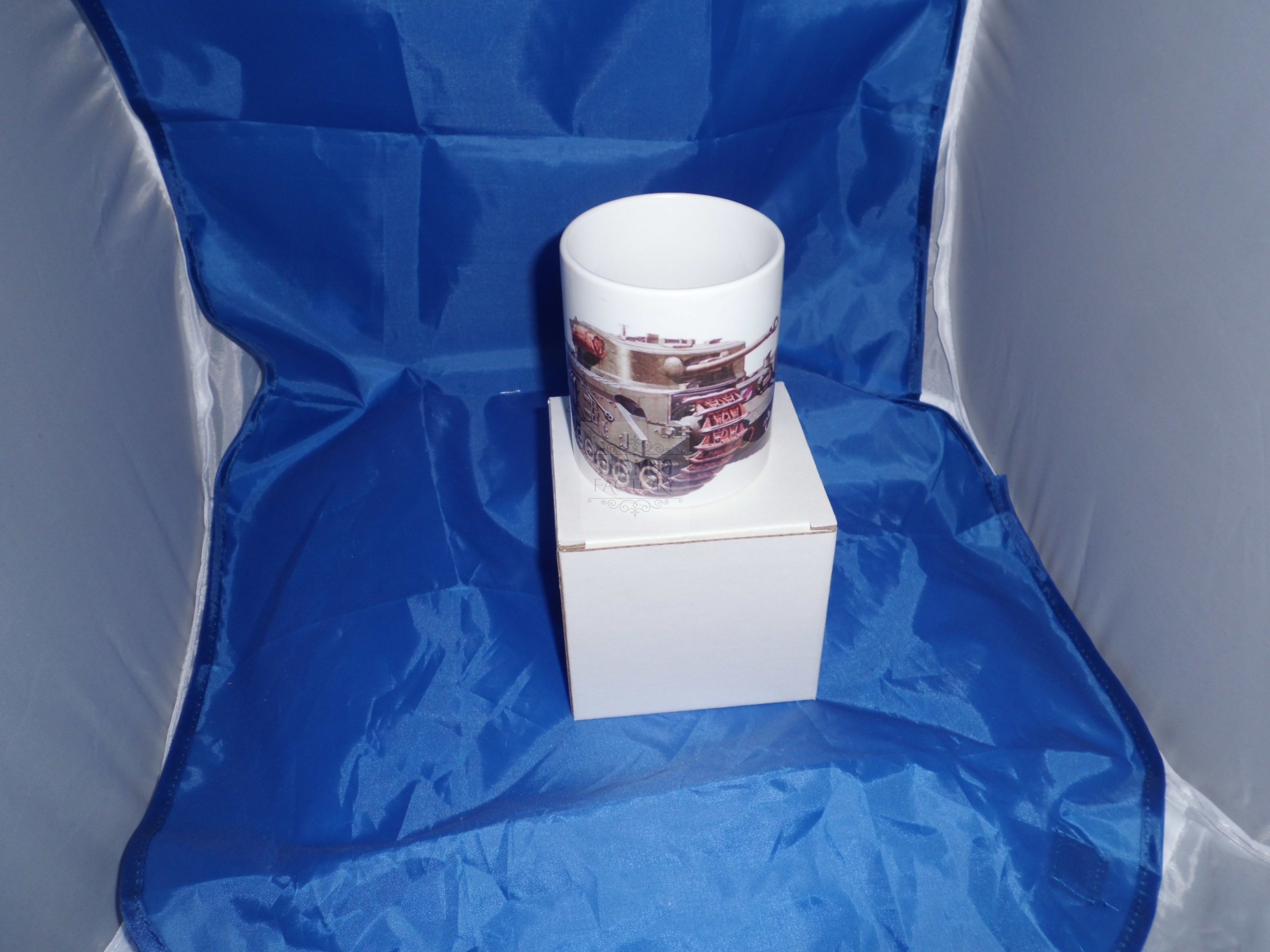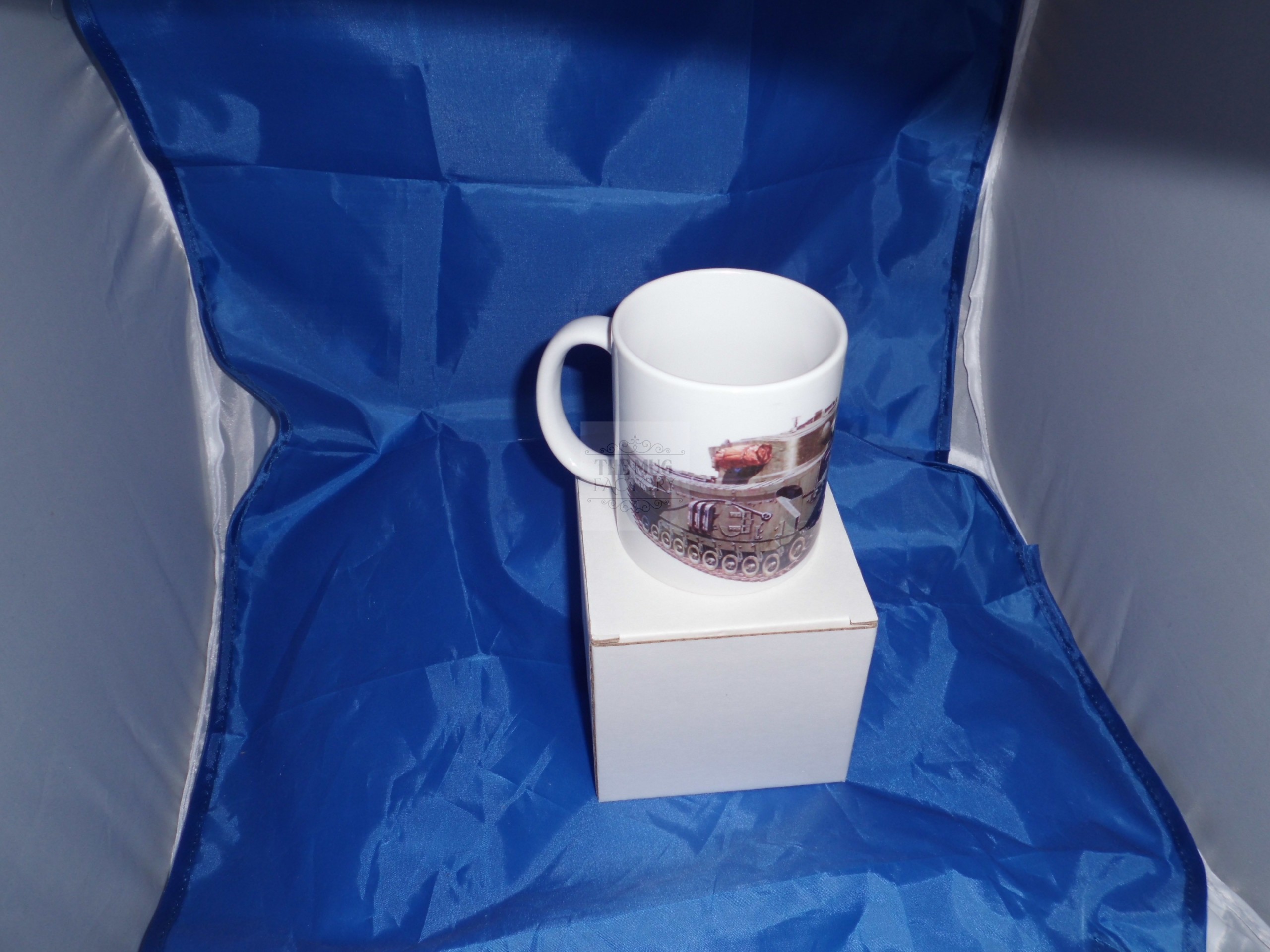Churchill Tank military mug
11oz mug
The origins of the A22 Churchill can be traced back to the days prior to World War II. In the late 1930s, the British Army began seeking a new infantry tank to replace the Matilda II and Valentine. Following standard doctrine of the time, the army specified that the new tank be capable of traversing enemy obstacles, attacking fortifications, and navigating a shell-cratered battlefield. Initially designated the A20, the task of creating the vehicle was given to Harland & Wolff. Sacrificing speed and armament to meet the army's requirements, Harland & Wolff began design work in early 1940. These efforts were halted following the British evacuation from Dunkirk in May 1940. No longer needing a tank capable of maneuvering through World War I-style battlefields and after assessing Allied experiences in Poland and France, the army retracted the A20 specifications. With Germany threatening to invade Britain, Dr. H.E. Merritt, director of Tank Design, issued a call for a new, more mobile infantry tank. Designated the A22, the contract was given to Vauxhall with orders that the new design be in production by the end of the year. Frantically working to produce the A22, Vauxhall designed a tank that sacrificed appearance for practicality. Powered by Bedford twin-six gasoline engines, the A22 Churchill was the first tank to utilize the Merritt-Brown gear box. This allowed the tank to be steered by changing the relative speeds of its tracks. The initial Mk. I Churchill was armed with a 2-pdr gun in the turret and 3-inch howitzer in the hull. For protection, it was given armor ranging in thickness from .63 inches to 4 inches. Entering production in June 1941, Vauxhall was concerned about the tank's lack of testing. The Churchill-series were British infantry tanks designed and built during the Second World War. The designers had an uneven, shell-torn landscape with never-ending network of trenches and fortifications in mind, just like the Great War. The Churchill had been built as a long “trench-crosser” tank which had to be capable of getting across the most difficult terrain. Speed was not a requirement as the tank had to work in close cooperation with the advancing infantry. The first successful version, the Mk III, first saw action in the Second Battle of El-Alamein. The Churchill had been designed conservatively but it was roomy and tough skinned. These tanks were among the few available at the time that had a sporting chance against the German anti-tank weaponry. infantry tank brigades (three tank regiments each) were attached to infantry divisions. The Tommies and the different Churchill-variants fought side by side from the North African deserts through the steppes of the Eastern Front to the jungles of the Far East and they had quite a few fierce battles. One Mk III was the first allied tank to knock out a German Tiger. The slow but well-armored Churchill tanks did very well against the Blitzkrieg armor of the Germans but they were outgunned against the newer Panzer generations. For this reason the British used TDs from over watch positions to cover the infantry tanks during operations.
The mugs we use are top quality bright white, Orca coated, and are Dishwasher and Microwave safe, the high quality images are bonded into the surface of the mug, and do not fade or peel off like transfers
GREAT FOR GIFTS, BIRTHDAYS, OR JUST TO ADD TO YOUR MEMORABILIA COLLECTION.
The artwork is created in our offices/workshop, and we are available for custom work. These designs are individually made, not mass produced.
Please note that I take great care in packaging the mugs they are sent in a polystyrene mug box designed to specifically for posting mugs hence the postage costs

